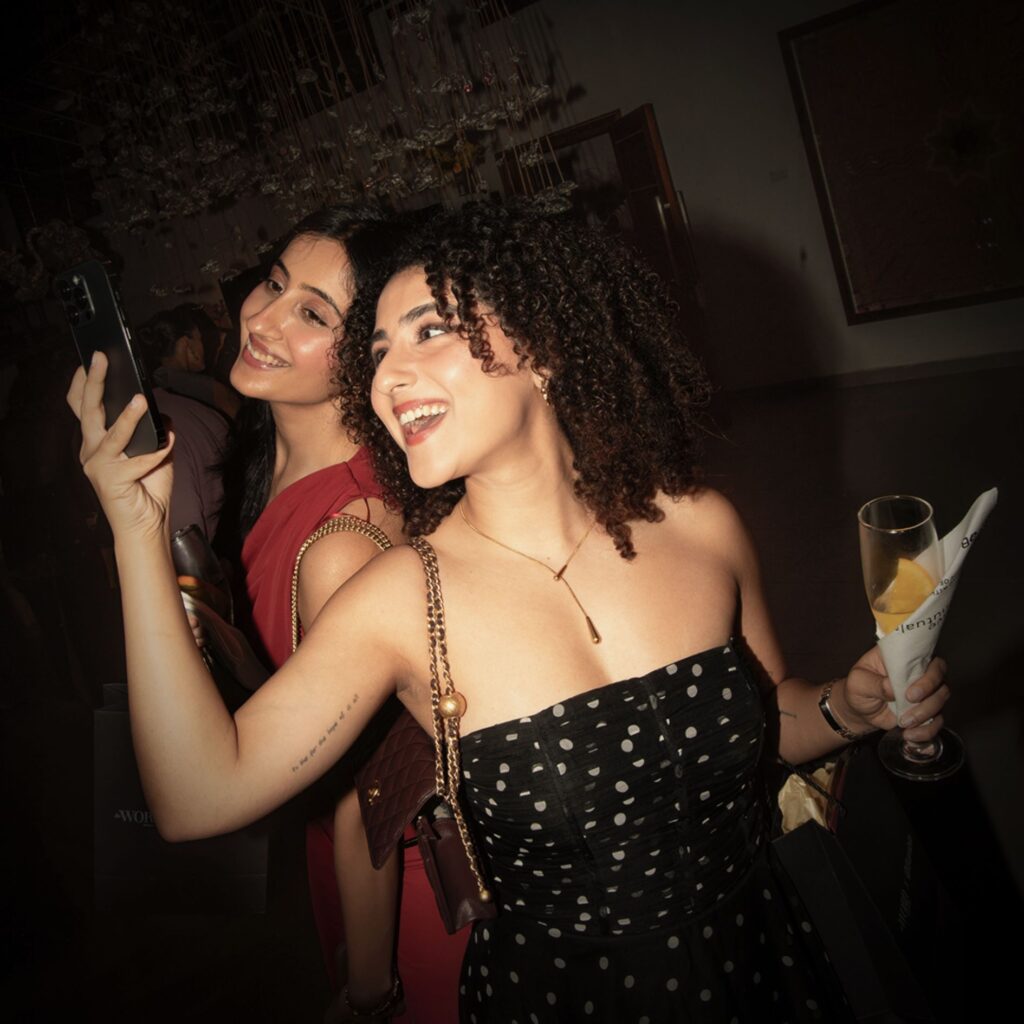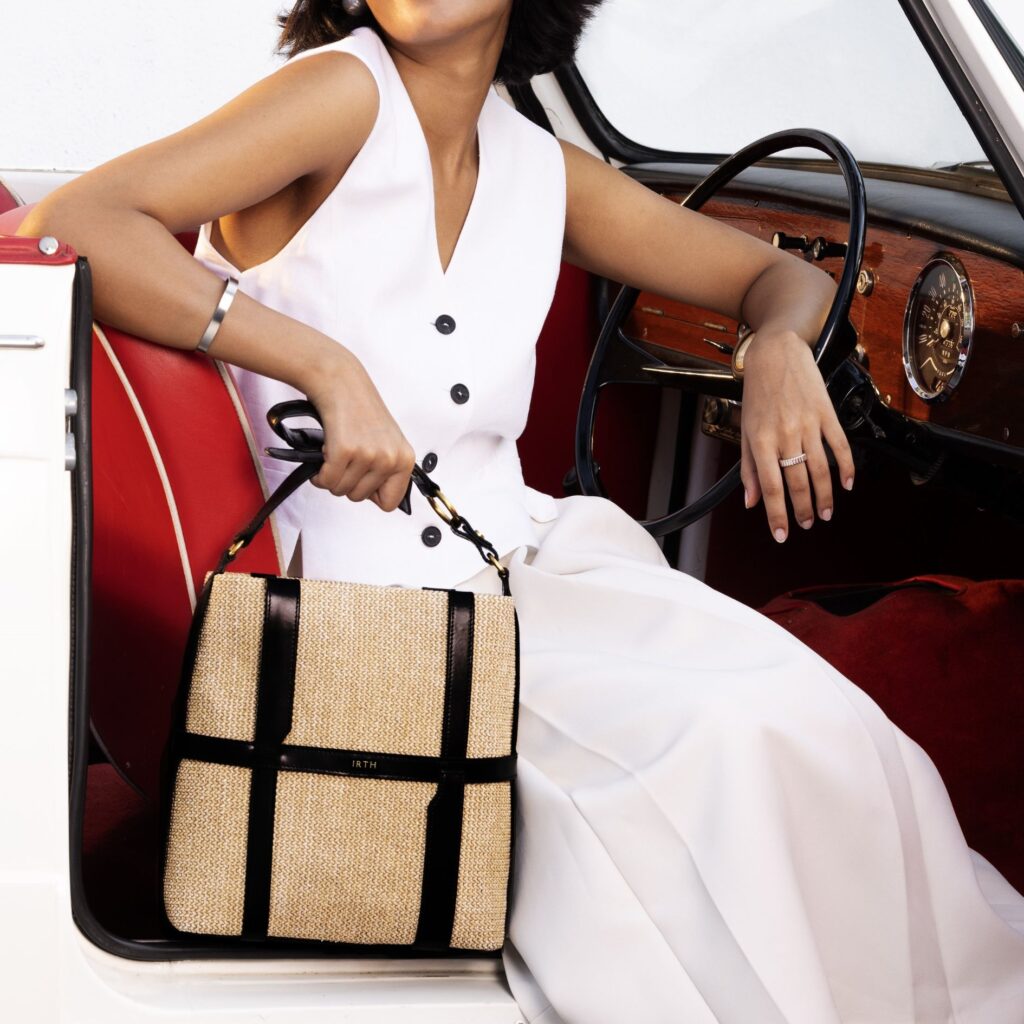- Fashion
A Lesson in Camp: Bollywood in the ’80s and ’90s
- ByRadhika Bhalla

Rekha in Khoon Bhari Maang, 1988
Camp: Exaggerated, kitsch, outlandish, bold, performative, ironic, fun.
The ’80s and ’90s of Bollywood were defined by a spate of sparkly, overstated costumes that went out of their way to capture one’s attention. And grabbing eyeballs they certainly did.
An appreciation of this delightfully outlandish style, even gaudy at times, must begin with Rekha’s iconic costumes in Khoon Bhari Maang in 1988. Three decades later, these imaginative outfits are as fresh ever—the turbans, the headbands, the excess. From an overdose of metallic fabrics to exaggerated shoulders, jewellery dripping from head to toe, and of course, the bold, red pout with matching nails create an impact like no other. Few movies have outdone this level of performance in costume, yet the beauty of it lies in its unabashed overstatement.


The very next year, Madhuri Dixit Nene pulled out the stops in Thanedaar in 1989, dancing to composer Bappi Lahiri’s dance hit Tamma Tamma. A sleeveless, shiny outfit with matching cycling shorts (yes, that’s what they were called), calf-length boots, a diadem with a shiny crystal, and layers of silver jewellery composed her look, as Madhuri danced vigorously to the beat.

Of course, Sridevi epitomised camp in many movies, adding humour to the scenes with her impeccable comic timing. In 1987, she packed in the fun with the song Hawa Hawai for Mr. India, in a golden halter-neck gown and a crown that conveyed sheer imagination. And in 1990, she did it again with the title song of Naaka Bandi, that shows her in a silver headgear and sculptural jacket, paired with a tulle skirt, tights, and boots. The back-up dancers were dressed as vampires, Sridevi played dandiya with drum sticks, and the villains got upstaged in this confusing sequence of events.
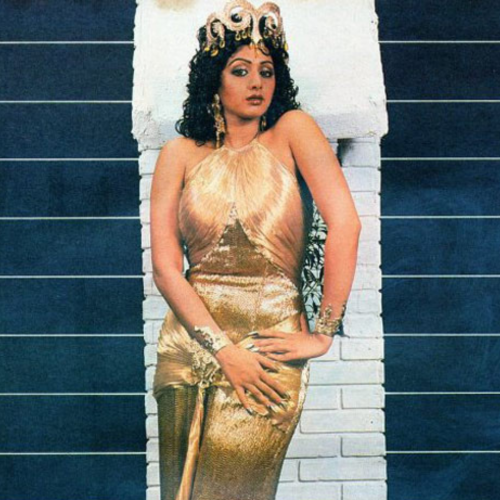
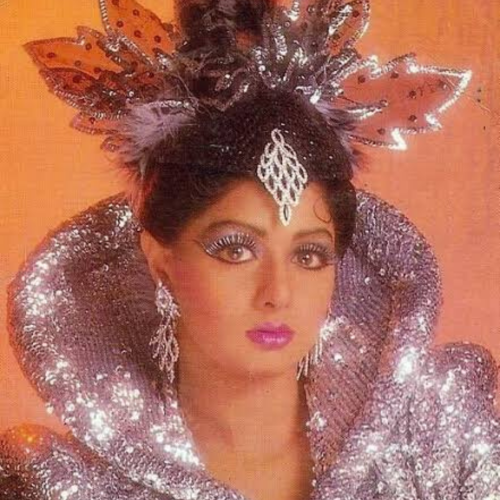
The make-up matched this aesthetic, with overdone metallic eyeshadow, crystals, bright shades of red and pink lipsticks, and the like. In the years to come, we saw Karisma Kapoor, Juhi Chawla, Amrita Singh, and many others carrying forth the mantle of this outright lively style.
To put it in context, the ’80s and ’90s, in India, were marked by a bourgeoning wave of modernity, with India welcoming liberalisation, women entering the workforce in larger numbers, and travel beginning to increase.
Hindi cinema, in turn, came to represent a fresh, aspirational image of the ‘modern Indian woman’—exceptionally creative, her costumes became brighter and more OTT. Costumes began to witness a greater play of fabric, accessories, and unrestrained colour, representing her departure from the simplistic portrayal of women in cinema to a woman who wanted to have fun.

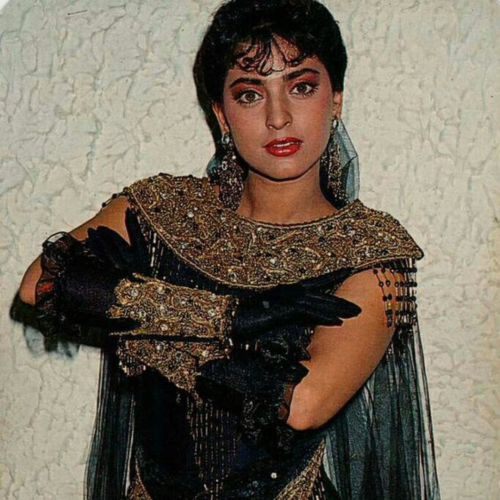
But with it, this style of dressing up also conveyed an extreme—in her moment of excess, the woman on-screen transformed into the item girl, an object of gaze, and even judgement. And in its own way, what we consider an overdose, today, set into motion the joyful act of expressing oneself through fashion.
So is there a lesson to learn from Bollywood’s style experiments of the era? The answer is affirmative: yes, it’s time to use fashion, once again, as a tool to simply have fun.
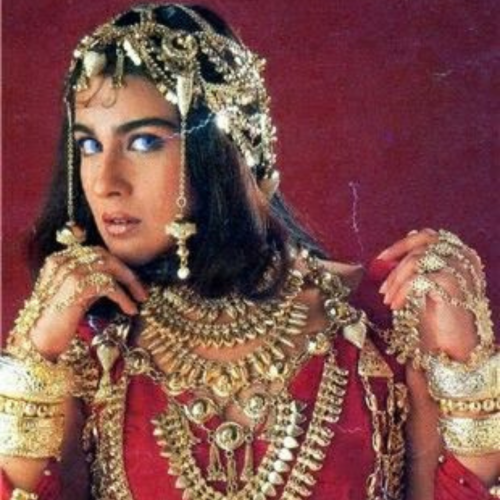

All images: Courtesy Pinterest
READ MORE
- The Word. and Bumble Celebrated An Evening Of Scent, Sparks, and Mutual Connections
- How The Bicester Collection Quietly Became the Fashion Insider’s Best-Kept Shopping Secret
- Gauri Khan, On Her New Experience Centre In Delhi, Her Favourite Spot At Home, and Great Décor Advice
- With IRTH’s New Store in Noida, The Brands Adds To Its Joyful Delights
- Ranbir Kapoor’s New Perfume, ARKS Day, Reminds Him of His Childhood

